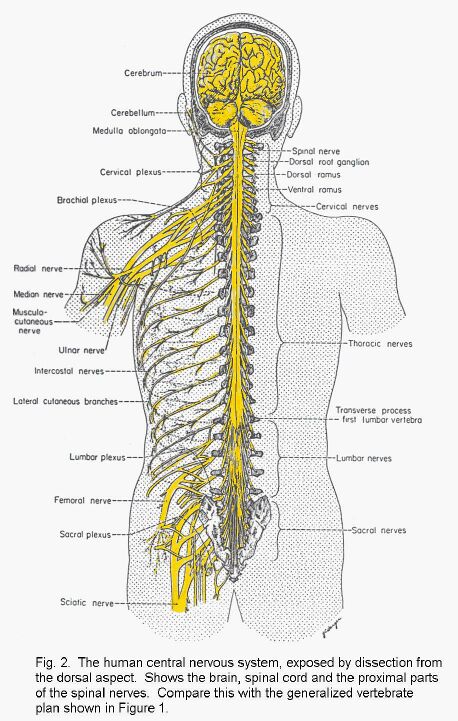Arm & Hand Numbness Treatment Toronto | Why Is My Hand Numb
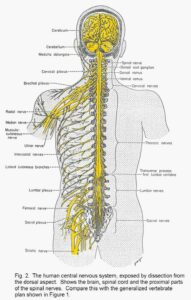
Finding the best arm & hand numbness treatment in Toronto can be difficult. It first off, might be concerning. Secondly, it is difficult to find someone who is going to find the source of the problem – and not merely provide a Band-Aid fix. Numbness and tingling in the hand can be disconcerting, often leading individuals to question their origins and implications. It can also lead to more serious disability if left untreated. To unravel the complexities of these sensations, we must explore the roles of peripheral nerves, the brachial plexus, spinal nerves, and the concept of referred pain. By understanding these areas, we can better diagnose and address the underlying causes of hand numbness and tingling. At Toronto Corrective Chiropractic we always try to get to the Core Problem that leads to symptoms, we figure out “Why is my hand numb” and then fix that!
What Nerve(s) Is The Problem |Arm & Hand Numbness Treatment Toronto
Numbness and/or tingling (paresthesia) is almost always a symptom of nerve dysfunction. Identifying the nerve(s) that is/are involved is relatively straightforward with other proper examination of the neuroanatomy and spine. Finding the best option for arm & hand numbness treatment in Toronto requires a very thorough assessment to identify the Core Problem – not just what nerves are involved by why. Nerves have a often narrow and convoluted pathway from the brain to the fingertips and problems in or around the spine and/or the muscles, ligaments, fascia and joints the nerves travel through can all apply pressure on our nerves. If there is enough pressure applied to a nerve that affects the function of the cells within and their ability to transmit signals to and from the brain, numbness can be a symptom.
Why Is My Hand Numb: Examining All The Nerves of the Brain-Body Connection
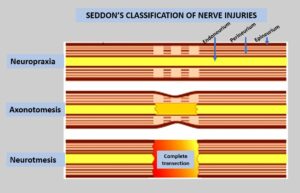
If nerve dysfunction, which often starts with paresthesia worsens, it can lead to muscle weakness and wasting, reflex changes and severe disability. Most cases take weeks or months to progress to this point but you should not delay an assessment if you are experiencing consistent or repetitive paresthesia.
Between the brain and the fingertips, the nerves can be affected in the spine (spinal cord), as they leave the spine (spinal nerves), between the neck and shoulder (brachial plexus) or the big and small peripheral nerves that travel to/from the fingertips to the shoulder.
Finding out “why is my hand numb” and providing the best arm and hand numbness treatment in Toronto requires looking at all of these parts of the anatomy.
Peripheral Nerves: Gatekeepers of Sensation
These symptoms, medically referred to as paresthesias, can stem from a myriad of sources, each involving different parts of the nervous system.
Peripheral nerves are the conduits through which sensory information is transmitted from the body to the brain. Each peripheral nerve is responsible for specific regions of sensation. In the context of the hand, three primary nerves are often involved: the median nerve, the ulnar nerve, and the radial nerve.
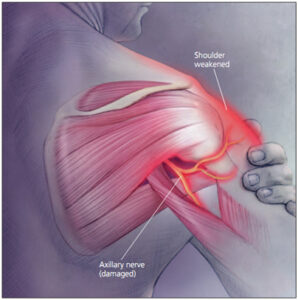
1. Median Nerve
The median nerve, which traverses the carpal tunnel in the wrist, plays a crucial role in the sensation of the thumb, index finger, middle finger, and part of the ring finger. Compression or irritation of the median nerve, commonly seen in carpal tunnel syndrome, leads to symptoms of numbness, tingling, and weakness in these areas. Carpal tunnel syndrome can arise from repetitive strain, anatomical anomalies, or underlying health conditions like diabetes or rheumatoid arthritis.
2. Ulnar Nerve
The ulnar nerve, responsible for sensation in the little finger and the half of the ring finger, also provides motor control to some muscles in the hand. This nerve can be compressed or irritated at the elbow (cubital tunnel syndrome) or at the wrist (Guyon’s canal syndrome), leading to symptoms that include tingling, numbness, and weakness in the hand.
3. Radial Nerve
The radial nerve controls sensation in the back of the hand and wrist, and it is crucial for wrist extension. Radial nerve palsy, often caused by prolonged pressure on the arm or trauma, can lead to a “wrist drop” and a loss of sensation in the posterior aspect of the arm and hand.
Numbness in specific fingers is more likely to represent a peripheral or spine nerve entrapment. This is especially true in the absence of neck pain/symptoms.
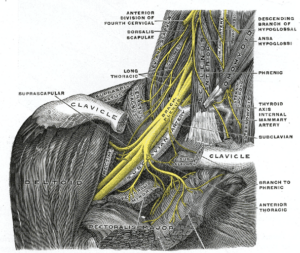
The Brachial Plexus: A Complex Network
The brachial plexus is a network of nerves originating from the spinal cord and branching out to innervate the shoulder, arm, and hand. It forms a critical pathway for both sensory and motor signals. Disruptions in the brachial plexus can lead to diverse symptoms in the hand, including numbness and tingling.
1. Brachial Plexus Neuropathy
This condition can result from trauma, such as a shoulder injury or a birth-related injury in infants (Erb’s Palsy). It can also occur due to compression from tumors or inflammation. Symptoms typically include weakness, pain, and sensory disturbances in the upper limb, depending on which part of the plexus is affected.
Brachial plexus neuropathy usually leads to numbness in many fingers, the entire hand or random involvement in the forearm.
2. Thoracic Outlet Syndrome (TOS)
TOS occurs when the nerves and blood vessels between the collarbone and first rib are compressed. This syndrome can lead to numbness, tingling, and pain in the hand and arm, as well as muscle weakness. The condition may be caused by anatomical anomalies, repetitive trauma, or poor posture.
Spinal Nerves: The Roots of Sensation
Spinal nerves emerge from the spinal cord and branch into the peripheral nervous system. Each spinal nerve is responsible for a specific dermatome—an area of skin innervated by a single spinal nerve root. Compression or irritation of these spinal nerves can cause localized or radiating sensations in the hand.
Spinal nerve numbness usually presents with a very specific pattern of numbness related to the innervation of specific fingers by specific nerves. These nerve-skin patterns are called dermatomes. If you have a pain in your neck and find that your numbness is the same as a finger dermatome, it might mean you have a spine nerve issue that will answer “Why is my hand numb”.
1. Cervical Radiculopathy
Cervical radiculopathy occurs when a nerve root in the cervical spine (neck region) is compressed, often due to a herniated disc, bone spurs, or degenerative changes. The affected nerve root can cause pain, numbness, and tingling that radiates down the arm and into the hand, depending on which nerve root is involved.
2. Herniated Disc
A herniated disc in the cervical spine can protrude and press on adjacent nerve roots, leading to symptoms that may include not just back pain but also radiating pain, numbness, and tingling in the arm and hand. The location and severity of symptoms depend on the specific nerves affected.
Referred Pain: When Sensation Misleads
Referred pain occurs when pain or sensory symptoms are perceived in an area of the body other than the actual source of the problem. This phenomenon can complicate the diagnosis of hand numbness and tingling, as the underlying issue may be located in a different part of the body.
1. Cardiac Conditions
Sometimes, numbness or tingling in the hand can be a referred symptom of cardiac conditions such as angina or myocardial infarction (heart attack). Pain from the heart can radiate to the arm, neck, or jaw, mimicking the sensations of peripheral nerve issues.
2. Shoulder and Neck Issues
Musculoskeletal problems in the shoulder or neck, such as rotator cuff injuries or severe muscle strain, can also lead to referred pain in the hand. In such cases, the primary issue originates from structures that are not directly in the hand but can cause symptoms that feel like they are localized to the hand.
Hopefully, by now you should have any idea about “why is my hand numb” and if you are looking for the best hand-arm numbness treatment in Toronto, we would love to help.

